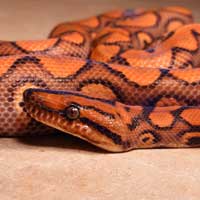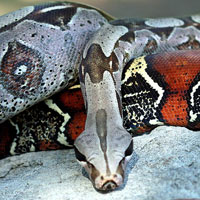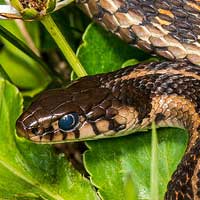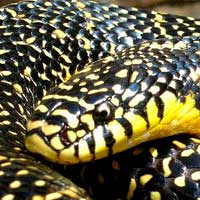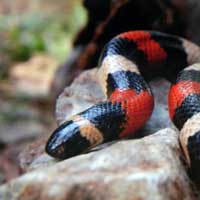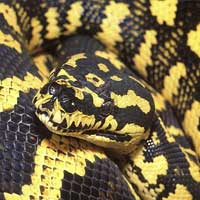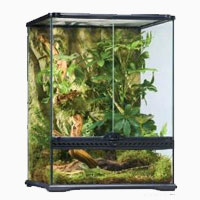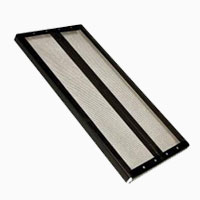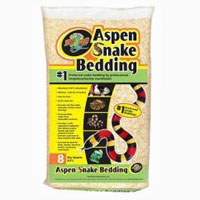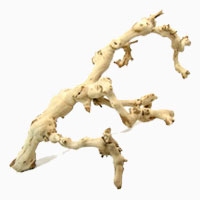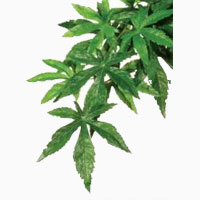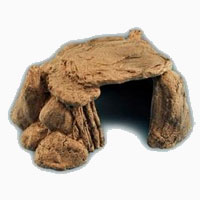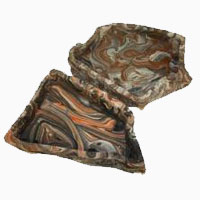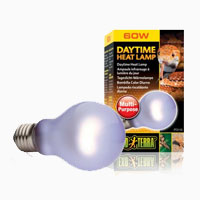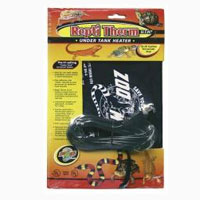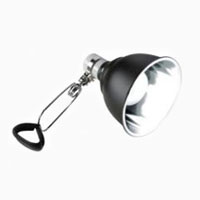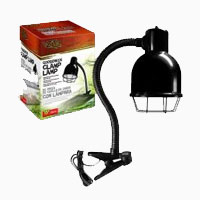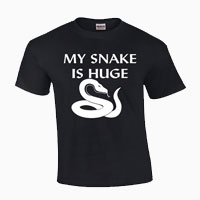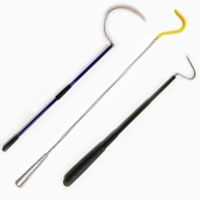Black Kingsnake
Scientific Name: Lampropeltis Getula Nigra
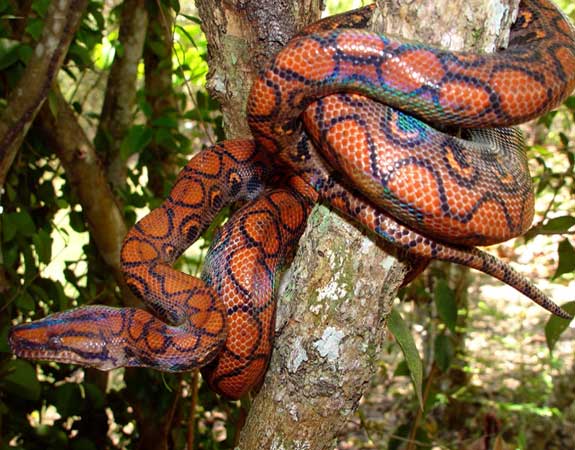
Share this Post
The Black Kingsnake is usually found in the Wabash Valley and the surrounding areas in southwest Indiana. It is a very common snake. It is part of the species called Lampropeltis getula thus its name is the Lampropeltis getula nigra. It is predominantly black as the name suggests though it has traces of color yellow and white on its sides, which are shiny mostly when it is in the sun. Young black kingsnakes have striped patterns of white and yellow around the mouth but this color fades as they grow. A fully-grown black Kingsnake is usually between 35 inches to 45 inches long. They are in the same species as the racer and the black rat snake. They eat small mammals therefore reducing the number of rodents in an area. They also prey on some snakes including those that are venomous like rattlesnakes, copperheads and cottonmouths. This is because they are immune to other snake venom and the bites heal fast. The eyes turn to bluish gray, as they grow older.
Black Kingsnakes Are Beautiful Creatures
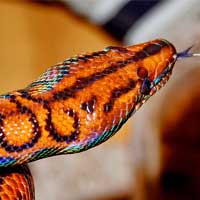
Facts About Black Kingsnakes
Geographic Location
It originated from North America. Today, they can be found in the United States in the states of Illinois, Ohio, Alabama and Georgia. They are also found around Kentucky.
Habitat
They live in grass fields and cultivated fields. They also live in woody areas like forests.
Behavior
When disturbed, the black King Snake hisses loudly to send away invaders or possible threats. It is a docile snake and can be a good pet. They are aggressive when they are eating. They are nocturnal creatures hence mostly active at night
Reproduction
They usually copulate during the months of October. The eggs hatch at temperatures of 80 to 83 degree Fahrenheit. Incubation temperature is usually between 58 to 66 degrees.
Captivity
The black Kingsnake adjusts well to captivity. They feed relatively well and are good pets due to their docile nature.
